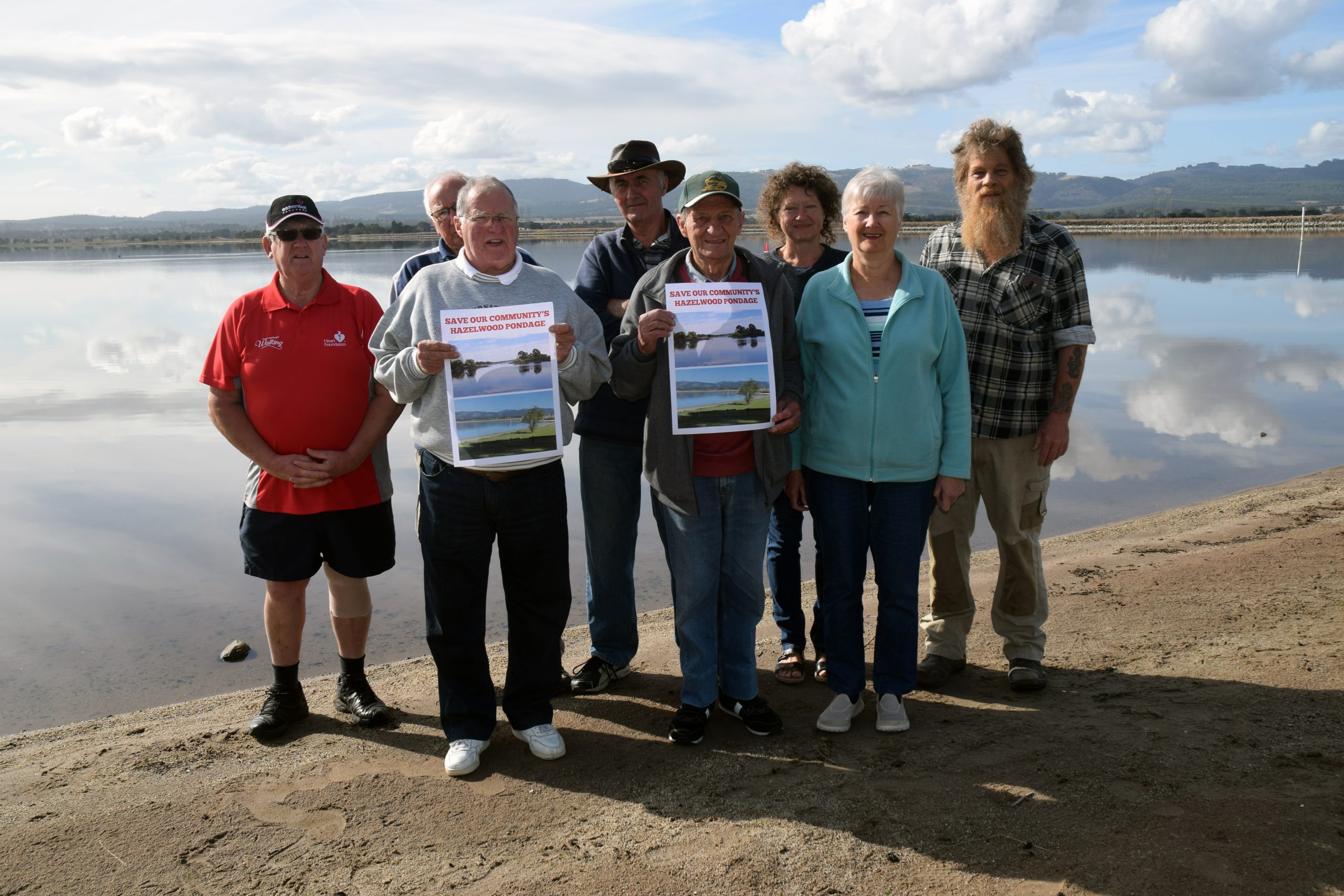THE number of registered solar panel installations in Latrobe Valley households have doubled in the past 18 months, with 2370 homes in the Valley’s major towns harnessing the power of the sun.
According to data from the Australian Clean Energy Regulator, private solar installations in Traralgon totalled 898 as of last month, closely followed by 834 in Moe, 496 in Morwell and 142 in Churchill.
The figures represent a 300 per cent increase in installations in Traralgon and Churchill on December 2010 figures, however due to legislation allowing 12 months for certificate registration, the 2011 and 2012 figures are set to rise retrospectively.
The figures bring the combined rated output of the four towns to 6121 kilowatts, equivalent to 0.35 per cent of Hazelwood Power Station’s generation capacity.
The figures come after a local solar rally in Traralgon late last month, with 30 people marching from Victory Park to Member for Gippsland Darren Chester’s office, calling for the Federal Government to fast-track its take up of renewable technologies.
The walk coincided with a protest walk held in South Australia, in which 80 people marched for two and half weeks from Port Augusta to Adelaide, calling for solar thermal power to replace the ageing Playford coal-fired power station.
“The hope is that pressure can be applied to the Federal Government to release funds from the Australian Renewable Energy Agency and the Clean Energy Development Fund to support the building of this power station so that this technology can be show-cased to the Australian public,” Latrobe Sustainability Group’s Dan Caffrey said.
Mr Caffrey said producing electricity at a solar thermal plant, once established, would cost about one third the price of production of coal fired power generation.
Professional solar panel installer Andrew McCarthy of Gippsland Solar said 2010 and 2011 “were really huge years” for solar installations, in line with the introduction of the State Government’s premium feed in tariff in November 2009.
The tariff, a rate paid for electricity fed back into the grid by households, began at 60 cents per kilowatt hour, however was reduced to 25 cents in September 2011, before dropping to eight cents early last month. While Mr McCarthy said the current tariff was “massively disproportionate to the price people pay for electricity” the recent drop in price of installations still made solar an attractive option.
“People think that the sky is falling in because the tariff has dropped, but the amount of growth we’ve seen is very exciting,” Mr McCarthy said.











